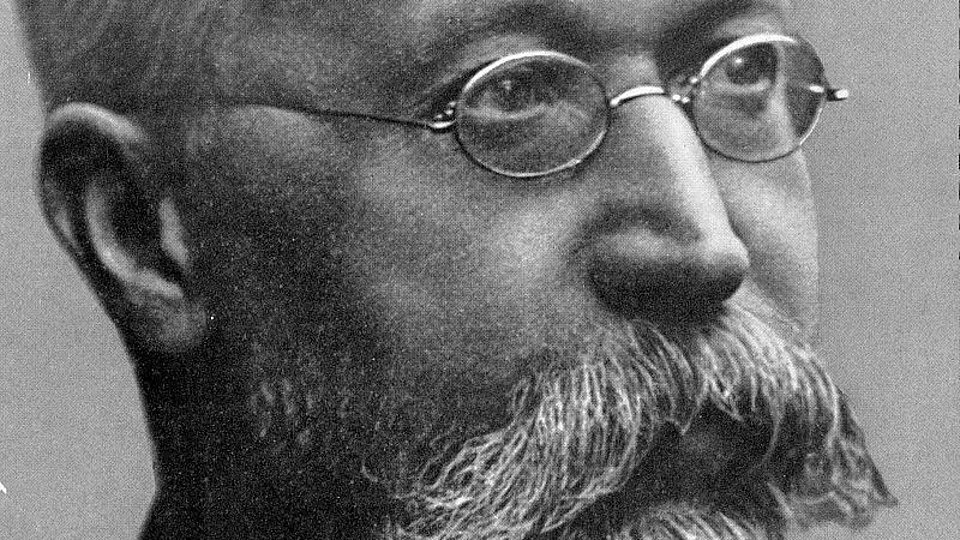Vita Ferdinand Braun
Karl Ferdinand Braun
* June 06, 1850, in Fulda (Germany)
† April 20, 1918, in Brooklyn/New York (USA)
Ferdinand Braun was an experimental physicist during the period of Wilhelmian Germany. He worked on thermodynamics, electrochemistry, and electrical instruments. Ferdinand Braun discovered the rectifier effect in semiconductors, built the first cathode-ray tube oscilloscope and developed a crystal detector for wireless telegraphy. For this invention, he received the Nobel Prize for physics, together with Marconi. Braun decisively supported the activities to establish engineering sciences at universities. He was not only a scientist but also a co-founder of the company "Telefunken", where he brought his research results into application. In this way, Ferdinand Braun was also a pioneer in the field of technology transfer.
| 1868 - 1872 | University studies at Marburg and Berlin |
| 1870 - 1874 | Research assistant in Berlin and Würzburg |
| 1874 - 1877 |
High-school teacher in Leipzig rectifier effect in semiconductors (1874) |
| 1877 - 1880 | Senior lecturer (professor) in Marburg |
| 1880 - 1883 | Senior lecturer (professor) in Strasbourg |
| 1883 - 1885 |
Professor at the University of Karlsruhe electrical pyrometer (1884) |
| 1885 - 1895 |
Professor at the University of Tübingen planned and established the Physical Institute (1885 - 1889) Le Chatelier-Braun principle; the Braun electrometer (1887) |
| 1895 - 1918 |
Professor at the University of Strasbourg demonstration of the first cathode-ray oscilloscope (1897) wireless telegraphy (1898) founded Telefunken company in Berlin (1903) president of the university (1905) development of the first crystal radio receiver (1906) Nobel Prize for physics for "contributions to the development of wireless telegraphy" (1909) journey to New York City on behalf of the German Reich (1914) |
Source (in German language): http://www.hars.de/
